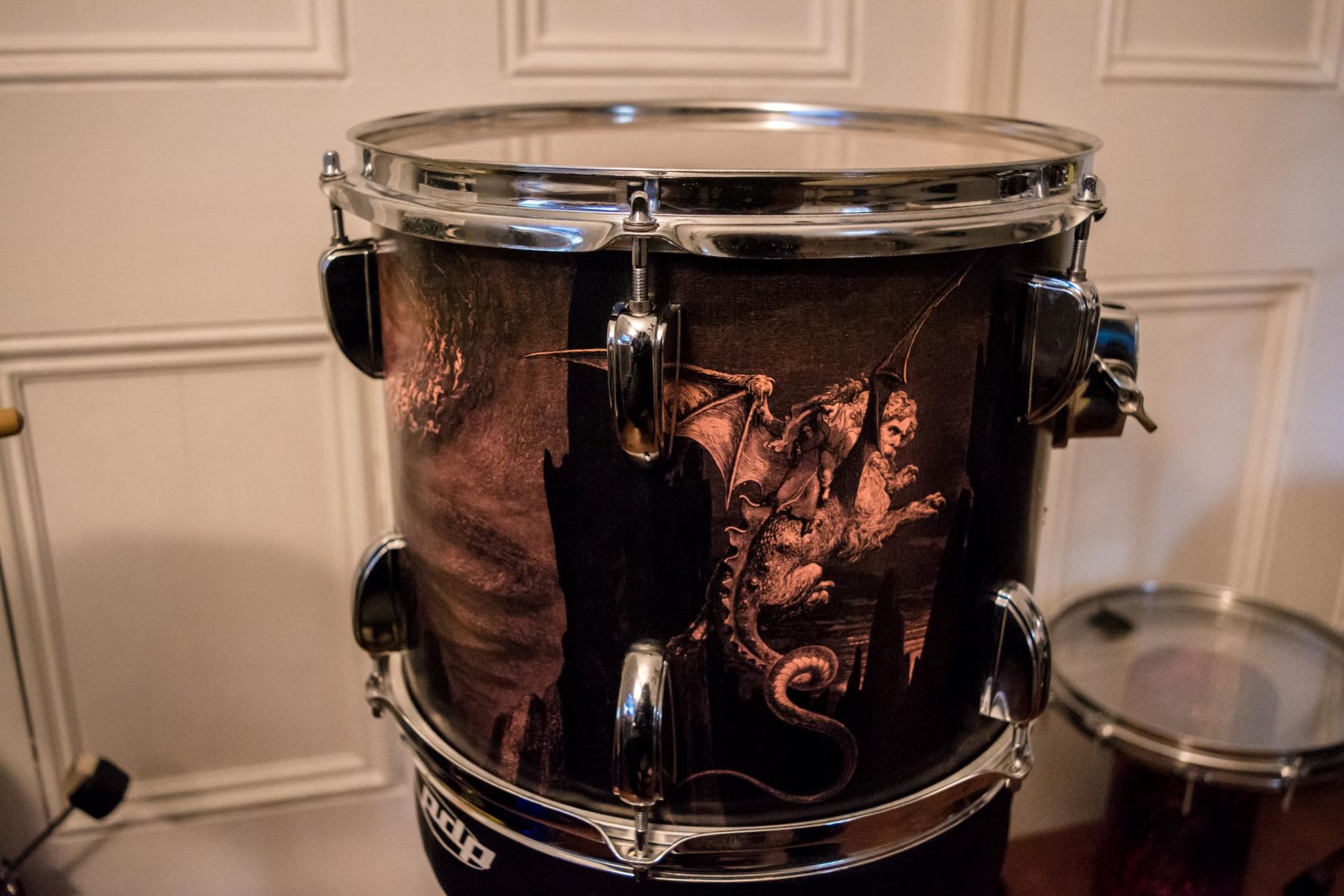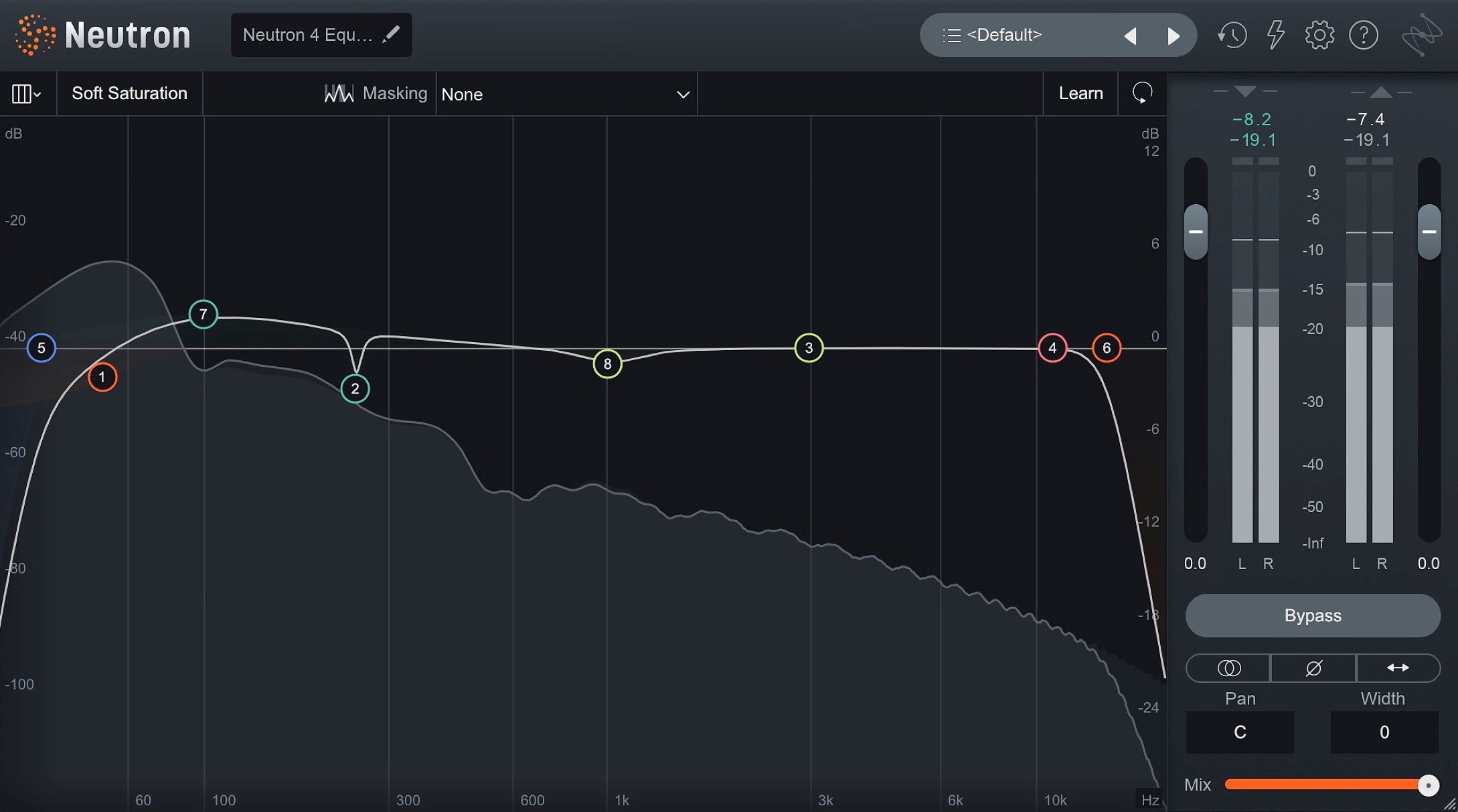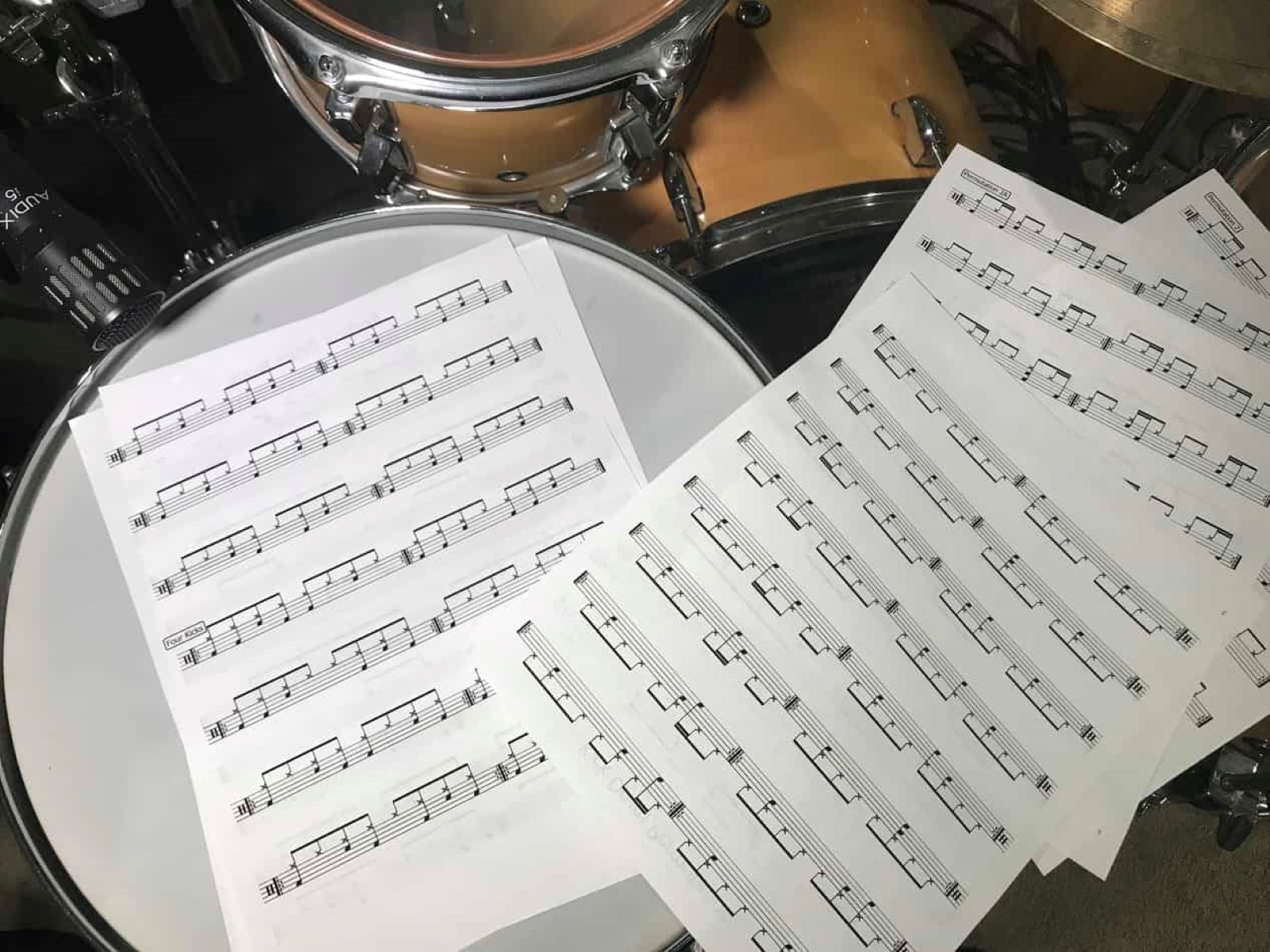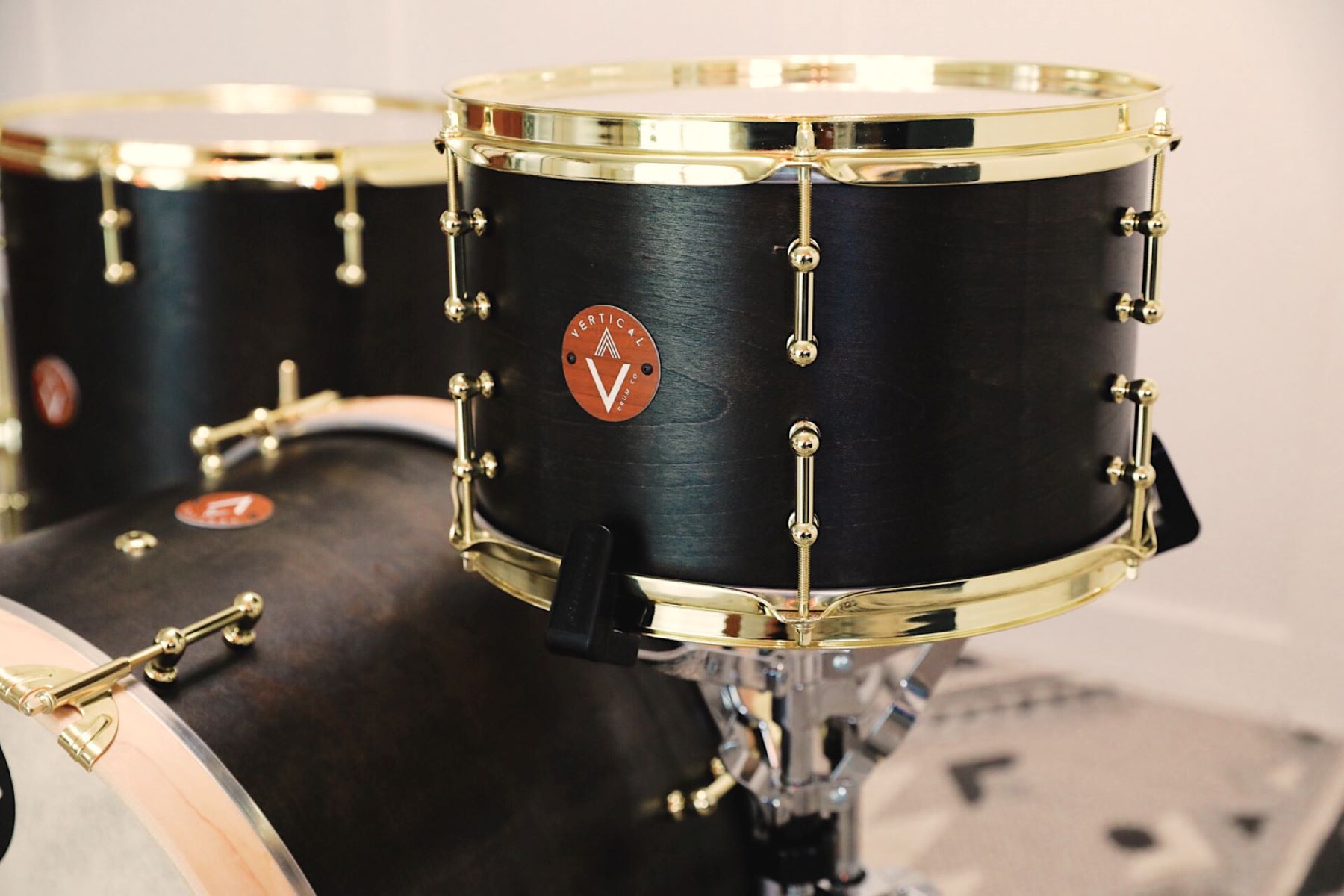Home>Instruments>Drums>How To Muffle Drums
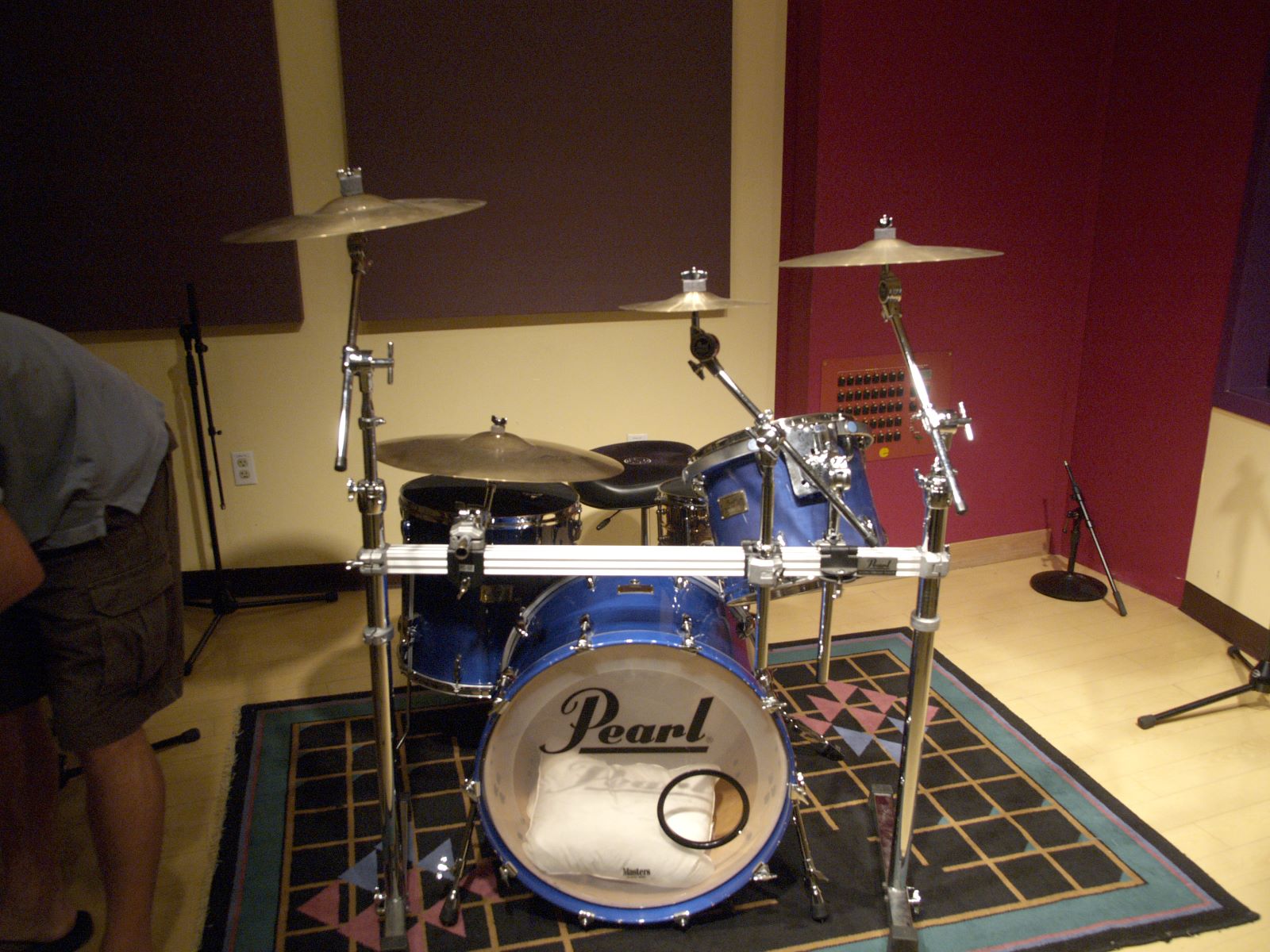

Drums
How To Muffle Drums
Published: February 7, 2024
Learn how to muffle drums effectively for a professional sound. Get expert tips and techniques for controlling drum resonance.
(Many of the links in this article redirect to a specific reviewed product. Your purchase of these products through affiliate links helps to generate commission for AudioLover.com, at no extra cost. Learn more)
Table of Contents
Introduction
Understanding the Art of Drum Muffling
Drums are the heartbeat of any musical composition, providing rhythm, depth, and energy to the music. However, achieving the perfect sound from your drums can be a delicate art, especially when it comes to managing the drum’s resonance and overtones. This is where the technique of drum muffling comes into play. Drum muffling involves controlling the sound of the drum by reducing its resonance and overtones, resulting in a more focused, balanced, and controlled sound.
Whether you’re a seasoned drummer or just starting your musical journey, understanding the various drum muffling techniques and products available can significantly impact the quality of your drumming experience. From enhancing the overall sound of the drums to ensuring they blend seamlessly with other instruments in a mix, mastering the art of drum muffling is essential for any drummer looking to refine their sound.
In this comprehensive guide, we’ll delve into the world of drum muffling, exploring the different techniques and products available to help you achieve the desired sound from your drums. Whether you’re aiming for a tight, punchy sound for rock and pop music or a warm, resonant tone for jazz and blues, mastering the art of drum muffling will elevate your drumming to new heights.
Choosing the Right Drum Muffling Technique
When it comes to drum muffling, selecting the appropriate technique is crucial in shaping the desired sound of your drums. Different genres and playing styles may call for specific muffling techniques to achieve the perfect balance of resonance and control. Let’s explore some popular drum muffling techniques:
- Internal Muffling: This technique involves placing various materials, such as foam or cloth, inside the drum shell to dampen the drumhead’s vibrations. Internal muffling is effective in reducing overtones and creating a more focused sound, making it suitable for studio recording and live performances where precise sound control is essential.
- External Muffling: External muffling techniques typically involve the use of dampening materials, such as gels, rings, or specialty drumheads, placed on the surface of the drumhead. These materials effectively control the resonance and sustain of the drum, allowing for a more controlled and balanced sound. External muffling is popular in genres that require a shorter sustain and a punchier sound, such as rock and pop music.
- Drum Tuning: While not a traditional muffling technique, proper drum tuning plays a significant role in controlling the drum’s resonance and overtones. By tuning the drumheads to specific pitches and tensions, drummers can achieve a desired level of sustain and control without the need for additional muffling materials. This technique is versatile and allows for precise customization of the drum’s sound based on the musical context.
Choosing the right drum muffling technique depends on various factors, including the genre of music, the desired sound characteristics, and the specific drum kit setup. Experimenting with different muffling techniques will help drummers discover the most effective approach for achieving their desired sound.
Using Drum Muffling Products
In addition to traditional muffling techniques, a wide range of drum muffling products are available to help drummers achieve their desired sound with ease and precision. These products are designed to offer convenient solutions for controlling the drum’s resonance and overtones, catering to the diverse needs of drummers across various musical genres. Here are some popular drum muffling products:
- Drum Dampening Gels: These reusable, adhesive gels are placed directly onto the drumhead to control unwanted overtones and sustain. Drum dampening gels are versatile and allow for quick adjustments, making them ideal for drummers who require flexibility in shaping their drum’s sound during performances and recording sessions.
- Muffling Rings and Sleeves: Muffling rings and sleeves are designed to be placed on the drumhead to reduce resonance and provide a more focused sound. These products come in various sizes and materials, allowing drummers to customize the level of muffling based on their specific preferences and playing style.
- Specialty Drumheads: Some drumhead manufacturers offer specialty drumheads with built-in muffling features, such as built-in dampening rings or internal muffling materials. These drumheads provide a convenient all-in-one solution for achieving controlled and balanced drum sound, eliminating the need for additional muffling products.
- Drum Muffling Pads and Inserts: Muffling pads and inserts are designed to be placed inside the drum shell to control the drum’s resonance and sustain. These products offer a customizable approach to internal drum muffling, allowing drummers to fine-tune the sound of their drums to suit different musical contexts.
By incorporating these drum muffling products into their drum kit setup, drummers can efficiently achieve the desired sound characteristics without extensive manual adjustments. The convenience and versatility of these products make them valuable tools for both live performances and studio recordings, providing consistent and reliable sound control.
DIY Drum Muffling Techniques
For drummers seeking cost-effective and customizable muffling solutions, do-it-yourself (DIY) drum muffling techniques offer a creative and practical approach to shaping the sound of their drums. These DIY methods utilize readily available materials to achieve effective sound control, allowing drummers to experiment and tailor their drum’s sound to their preferences. Here are some popular DIY drum muffling techniques:
- Using Household Items: Common household items such as towels, blankets, and foam padding can be strategically placed on or inside the drum to dampen the drumhead’s vibrations and reduce unwanted overtones. This approach offers a budget-friendly and versatile solution for achieving controlled resonance and sustain.
- Customizing Drumhead Porting: By strategically cutting a small hole, or port, in the resonant drumhead, drummers can control the airflow and resonance within the drum. This DIY technique allows for precise adjustments in the drum’s sound characteristics, offering a tailored approach to muffling without the need for additional products.
- DIY Muffling Rings and Dampeners: Crafty drummers can create their own muffling rings and dampeners using materials such as foam, rubber, or fabric. These homemade accessories can be placed on the drumhead to achieve varying levels of muffling, providing a customizable and cost-effective alternative to commercial muffling products.
DIY drum muffling techniques empower drummers to explore unique and personalized approaches to sound control, fostering creativity and resourcefulness in shaping their drum’s sound. Additionally, these methods allow for experimentation and fine-tuning, enabling drummers to adapt their drum’s sound to different musical styles and performance settings.
Conclusion
Mastering the art of drum muffling is essential for achieving a balanced, controlled, and refined drum sound that complements various musical styles and performance settings. Whether through traditional muffling techniques, specialized products, or creative DIY methods, drummers have a wealth of options to shape the sound of their drums according to their artistic vision.
By understanding the diverse drum muffling techniques and products available, drummers can tailor their approach to suit the specific requirements of different musical genres and playing styles. From the punchy, focused sound sought after in rock and pop music to the warm, resonant tones favored in jazz and blues, the ability to effectively muffle drums enhances the overall musical experience for both the drummer and the audience.
Furthermore, the flexibility and adaptability offered by drum muffling techniques empower drummers to seamlessly integrate their drums into various musical ensembles, ensuring a cohesive and well-defined sonic landscape. Whether performing live on stage or recording in the studio, the controlled and balanced sound achieved through drum muffling contributes to the overall clarity and impact of the music.
Ultimately, the art of drum muffling is a dynamic and evolving aspect of drumming that invites creativity, experimentation, and innovation. As drummers continue to explore and refine their muffling techniques, the sonic possibilities of the drums expand, enriching the musical tapestry and elevating the art of drumming to new heights.
With a diverse array of muffling techniques and products at their disposal, drummers can embark on a journey of sonic exploration, honing their craft and sculpting their drum’s sound with precision and artistry.





